“Dorthea Lange: Words & Pictures“
Museum of Modern Art
What the museum says: “Toward the end of her life, Dorothea Lange remarked, ‘All photographs—not only those that are so-called ‘documentary,’ and every photograph really is documentary and belongs in some place, has a place in history—can be fortified by words.’ Organized loosely chronologically and spanning her career, the exhibition groups iconic works together with lesser known photographs and traces their varied relationships to words: from early criticism on Lange’s photographs to her photo-essays published in magazine, and from the landmark photobook to her examination of the US criminal justice system.
The exhibition also includes groundbreaking photographs of the 1930s—including (1936)—that inspired pivotal public awareness of the lives of sharecroppers, displaced families, and migrant workers during the Great Depression. Through her photography and her words, Lange urged photographers to reconnect with the world—a call reflective of her own ethos and working method, which coupled an attention to aesthetics with a central concern for humanity.”
Why it’s worth a look: While many viewers will be familiar with the oft-reproduced image of they might know less about Lange’s vast oeuvre beyond that searing photograph.
Thanks in large part to Lange’s own bequest of her work to the museum, treasures abound for curators to examine, question, and reframe for a contemporary display, which they succeeded in doing here. For example, in the digital resources presented alongside the show we learn that curator Sarah Meister’s research into the iconic photograph actually turned up some interesting new bits of information. Despite the original claim that the photo depicted a destitute mother who had sold her family’s tent (their only lodging) in order to feed her seven children, other images taken that same day reveal a tent fully in tact, sheltering the woman and her brood.
As Meister discovered, the inaccuracies surrounding the family’s conditions were the result of a communication lag, and the descriptions were meant only to refer to general conditions rather than individual circumstances. The intricacies involved in this and many other documentary photographs underscores the tremendous power that images sustain over time.
What it looks like:
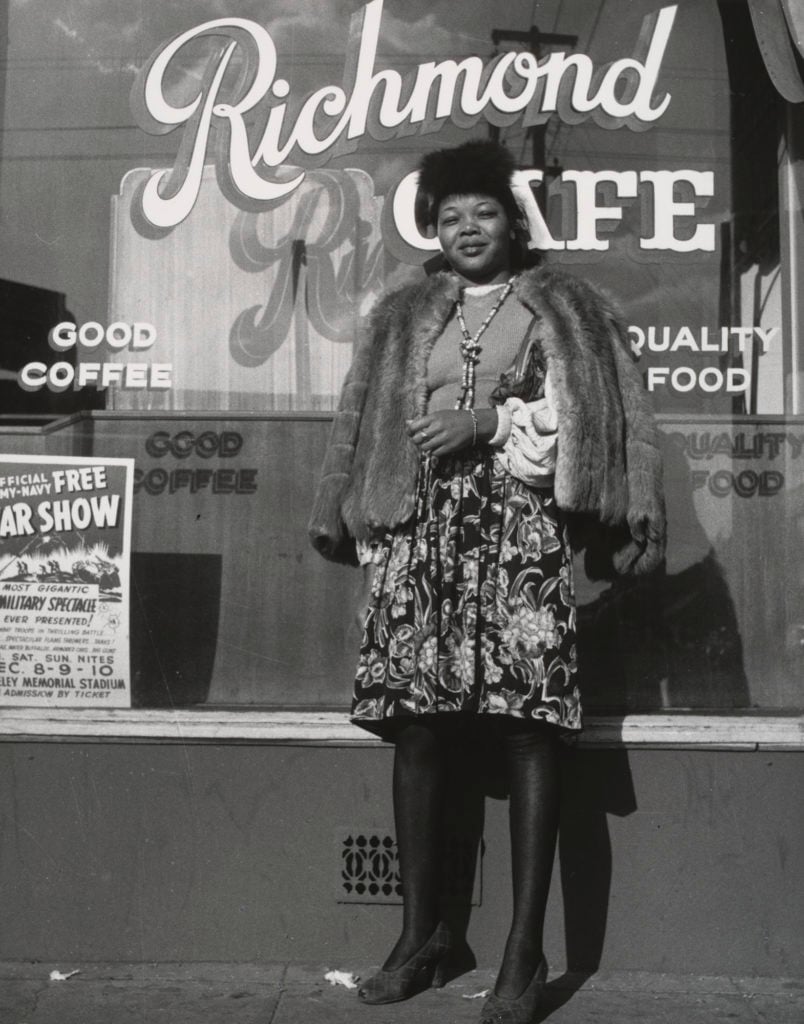
Dorothea Lange, (1942). Courtesy of the Museum of Modern Art, New York.

Dorothea Lange, (1933). Courtesy of the Museum of Modern Art, New York.
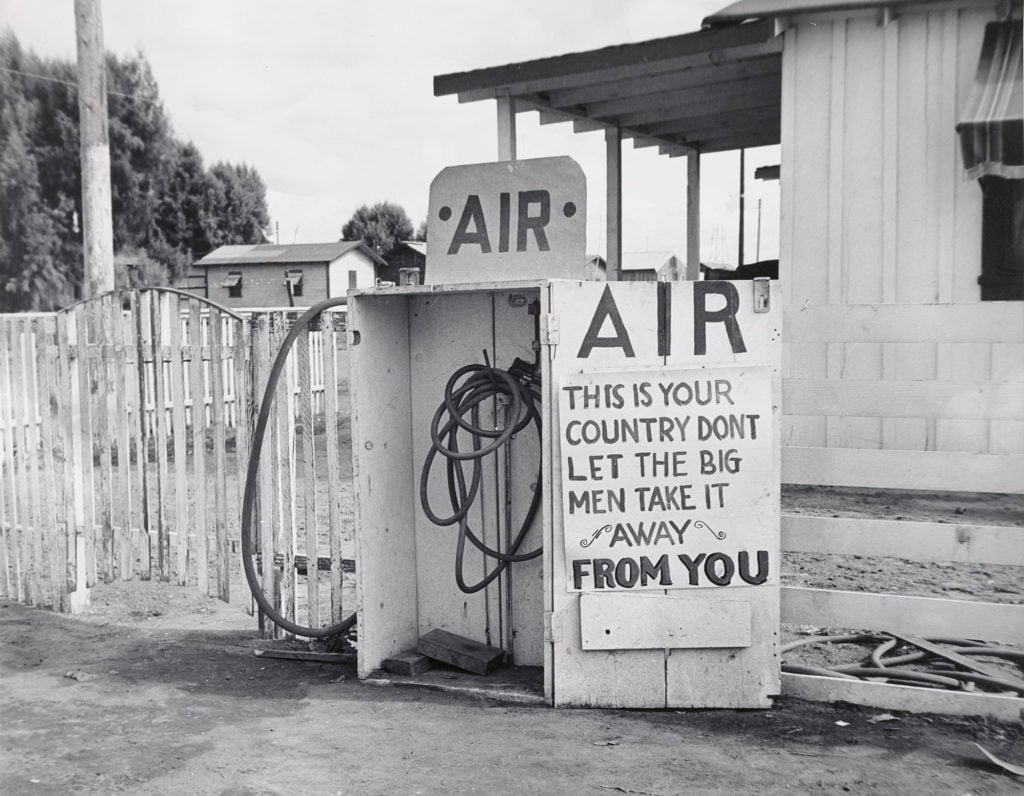
Dorothea Lange, (1938). Courtesy of the Museum of Modern Art, New York.

Dorothea Lange, (1938). Courtesy of the Museum of Modern Art, New York.
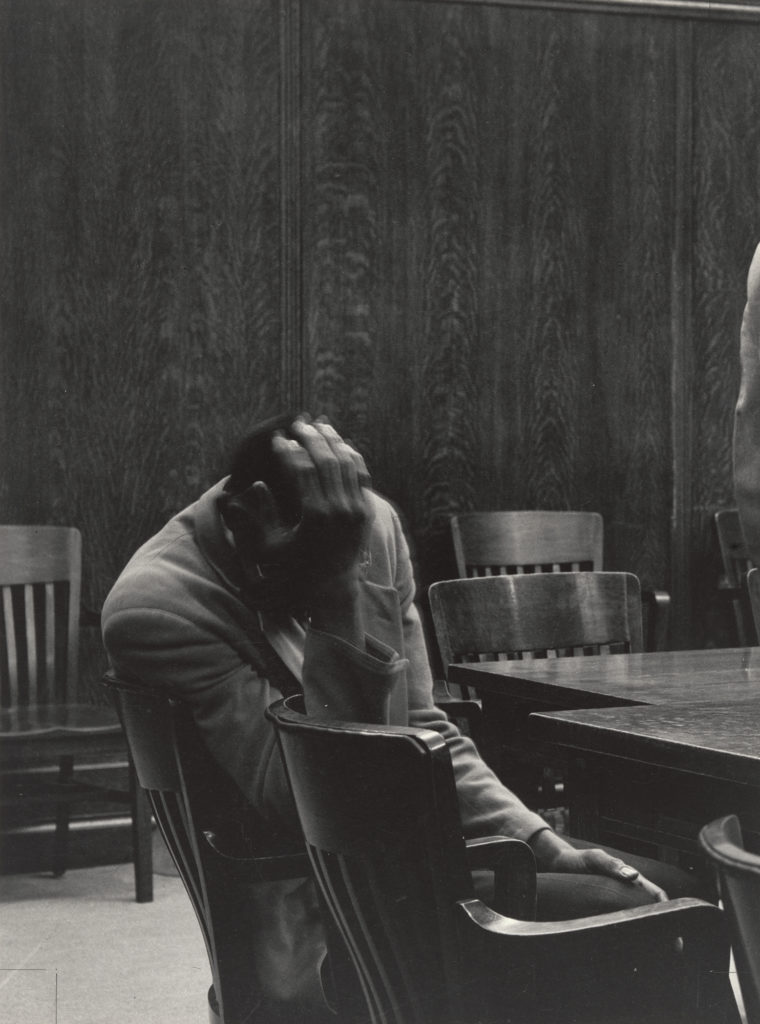
Dorothea Lange, (1957). Courtesy of the Museum of Modern Art, New York.
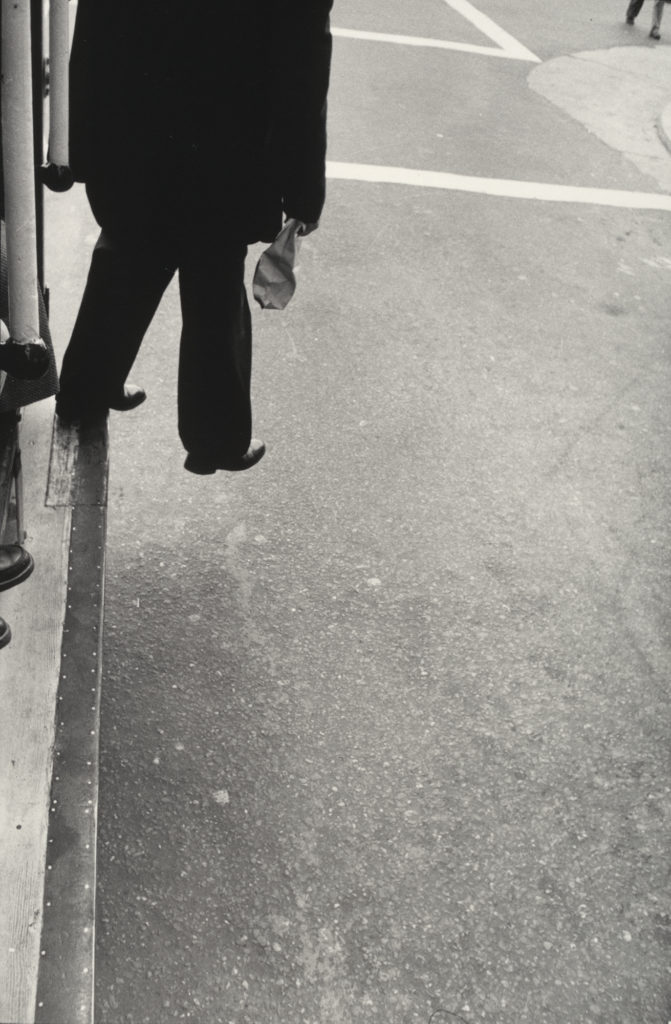
Dorothea Lange, (1956). Courtesy of the Museum of Modern Art, New York.

Dorothea Lange, (1942). Courtesy of the Museum of Modern Art, New York.
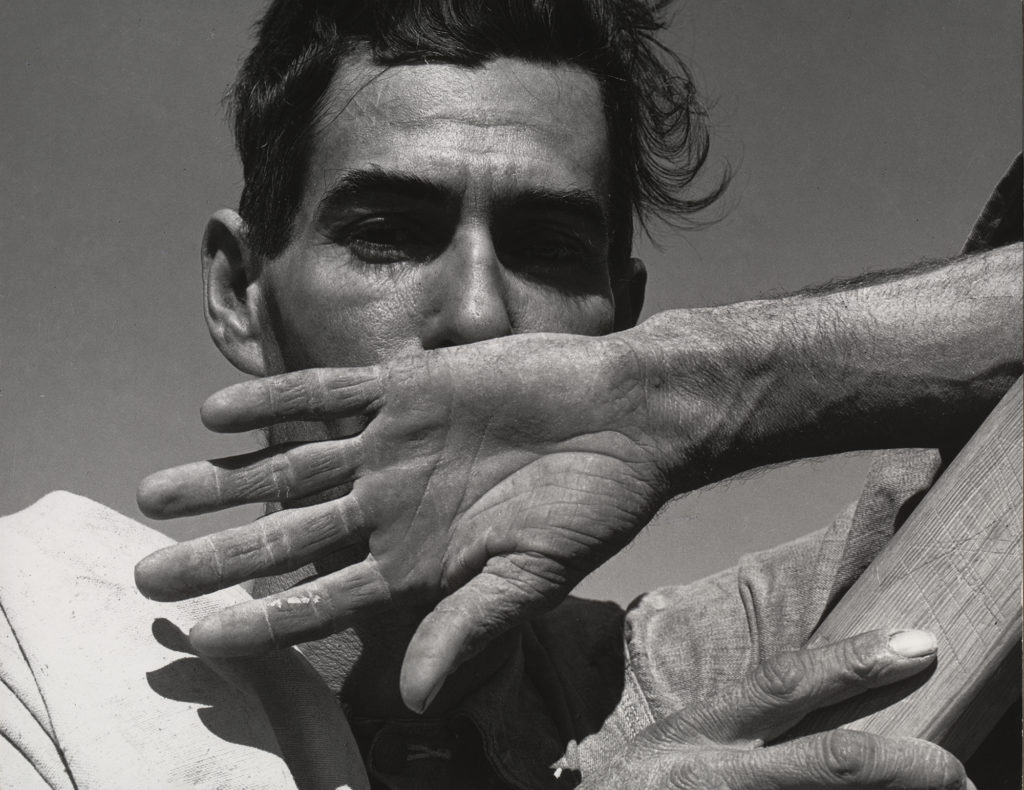
Dorothea Lange, (1940). Courtesy of the Museum of Modern Art, New York.
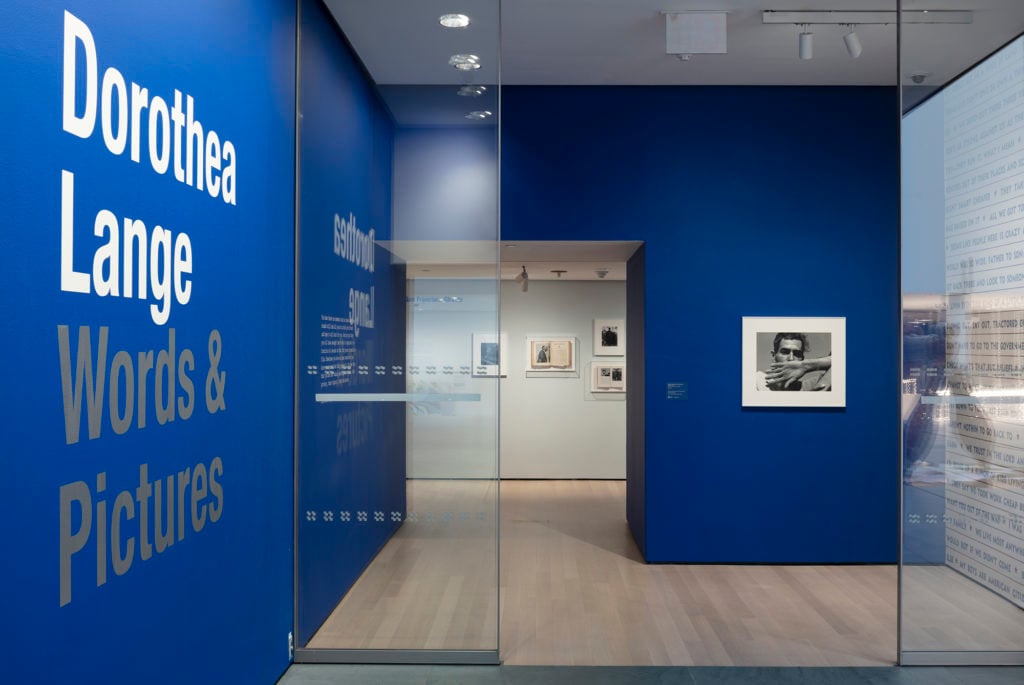
Installation view, “Dorothea Lange: Words & Pictures” at the Museum of Modern Art, New York. © MoMA. Photo: John Wronn.
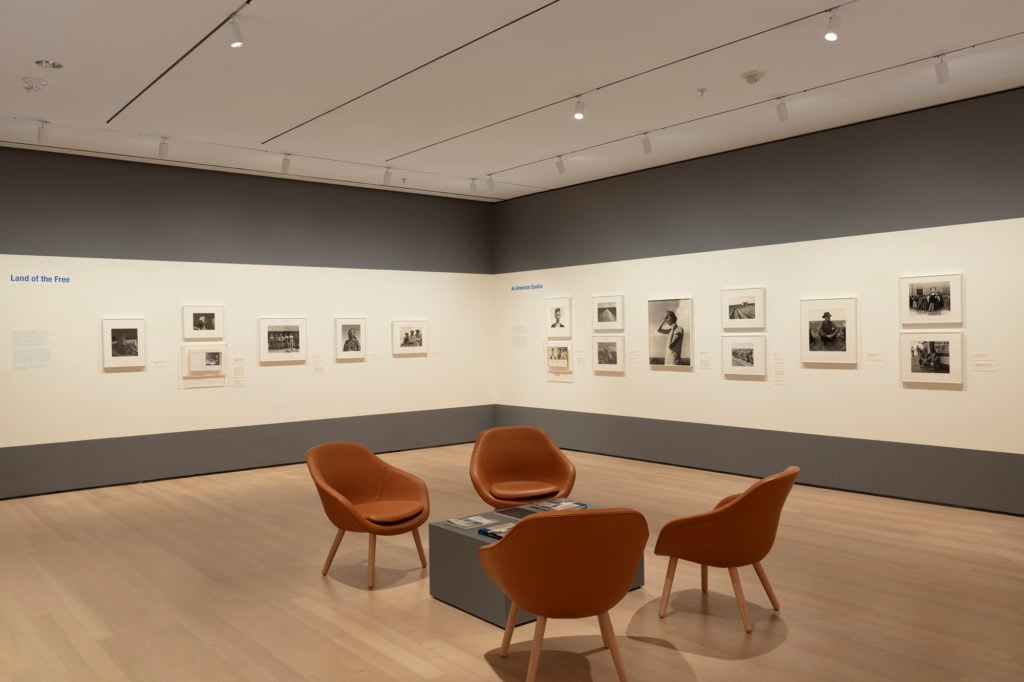
Installation view, “Dorothea Lange: Words & Pictures” at the Museum of Modern Art, New York. © MoMA. Photo: John Wronn.
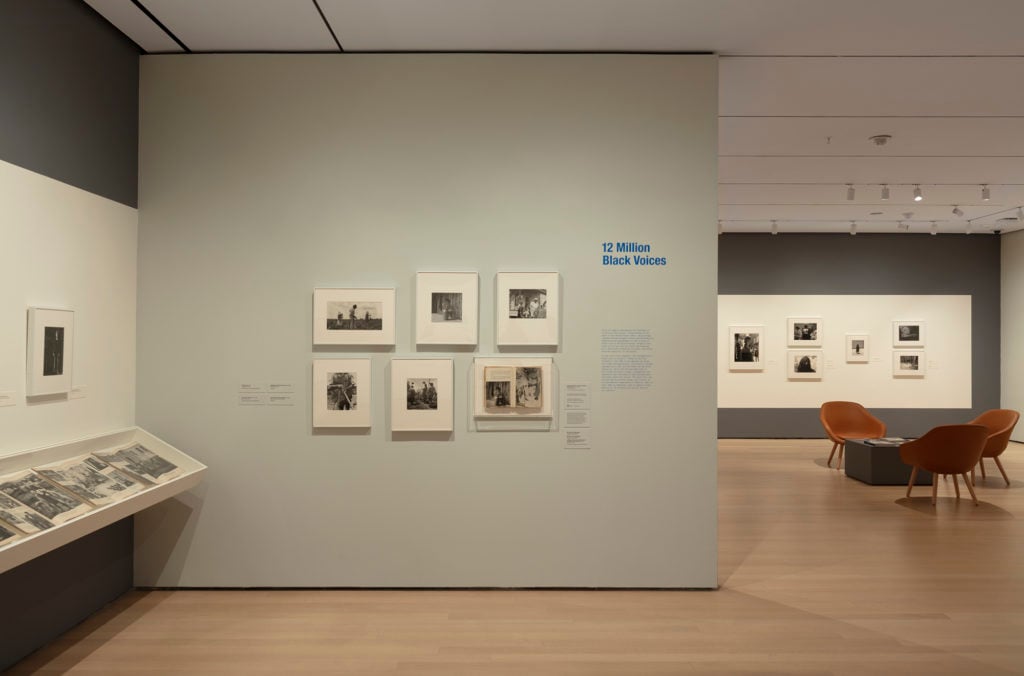
Installation view, “Dorothea Lange: Words & Pictures” at the Museum of Modern Art, New York. © MoMA. Photo: John Wronn.
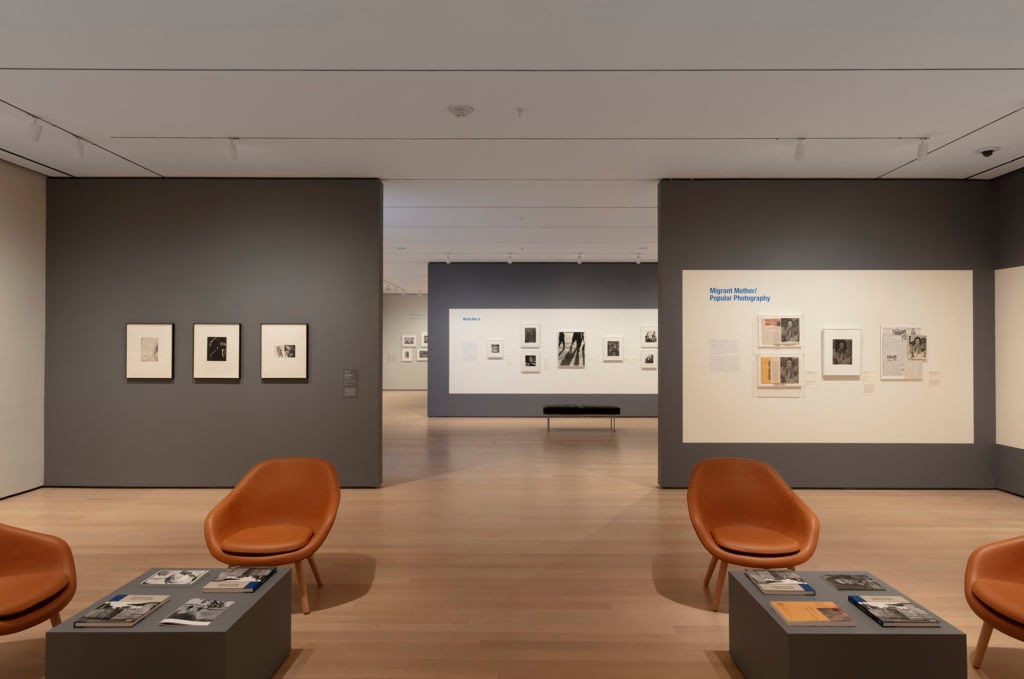
Installation view, “Dorothea Lange: Words & Pictures” at the Museum of Modern Art, New York. © MoMA. Photo: John Wronn.
Source: Exhibition - news.artnet.com


